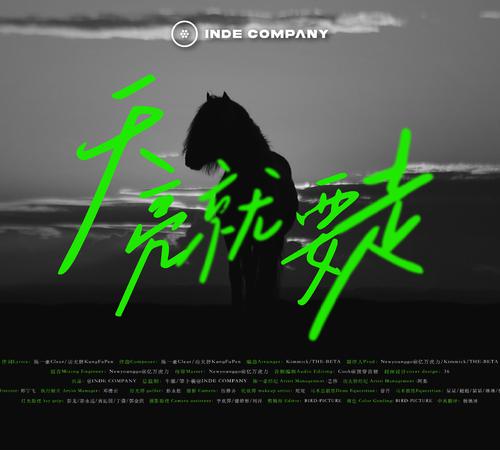
E 2021.01.17(Karri_L)
Evolution and agriculture 进化和农业 Good catch 丰收 Some crops can absorb phosphorus from dust 有些作物能从尘土中吸收磷 Wheat was among the first plants to be domesticated and is now the most widespread crop in the world. It thus sounds unlikely there would be much left to learn about what makes it thrive. Yet, some 12,000 years after relations between people and wheat began, a wheat plant has been caught doing something unexpected. It helped itself to a dose of much-needed phosphorus when its leaves received a coating of desert dust. 小麦是最早被驯化的植物之一,现在已经是非常普遍的农作物。所以,小麦还有很大的发展空间这种事情听起来似乎不太可能。然而,在人类和小麦建立联系的大概12000年之后,人们发现小麦做了一些不可思议的事情:当它的叶子被覆盖上一层沙尘时,它竟帮自己获得了所需的磷。 The plant(or, rather, plants)in question were in the care of Avner Gross of the Ben Gurion University of the Negev, in Israel. As Dr Gross told this year's meeting of the American Geophysical Union, which took place online during the first half of December, his study was prompted by hikes he had taken near Neve Shalom, his home village in the Judean Hills. On these, he often noticed plant leaves completely covered in dust that had been carried there by sand storms from the Sahara desert. 我们所说的这株植物(或者更确切地说,多株植物)由以色列内盖夫本古里安大学的阿夫纳·格罗斯照料。格罗斯博士在今年12月上半月在线举行的美国地球物理联盟会议上说,他的研究受自己在犹太山的家乡尼夫沙洛姆附近徒步旅行时所启发。那会儿他经常注意到,植物的叶子被撒哈拉沙漠的沙尘暴带到那里的灰尘完全覆盖。 It occurred to him that this dust might not be the light-blocking nuisance it appeared at first sight. 之后他想到,那些灰尘可能并不是一眼望去的那种阻挡光线的令人生厌的东西。











